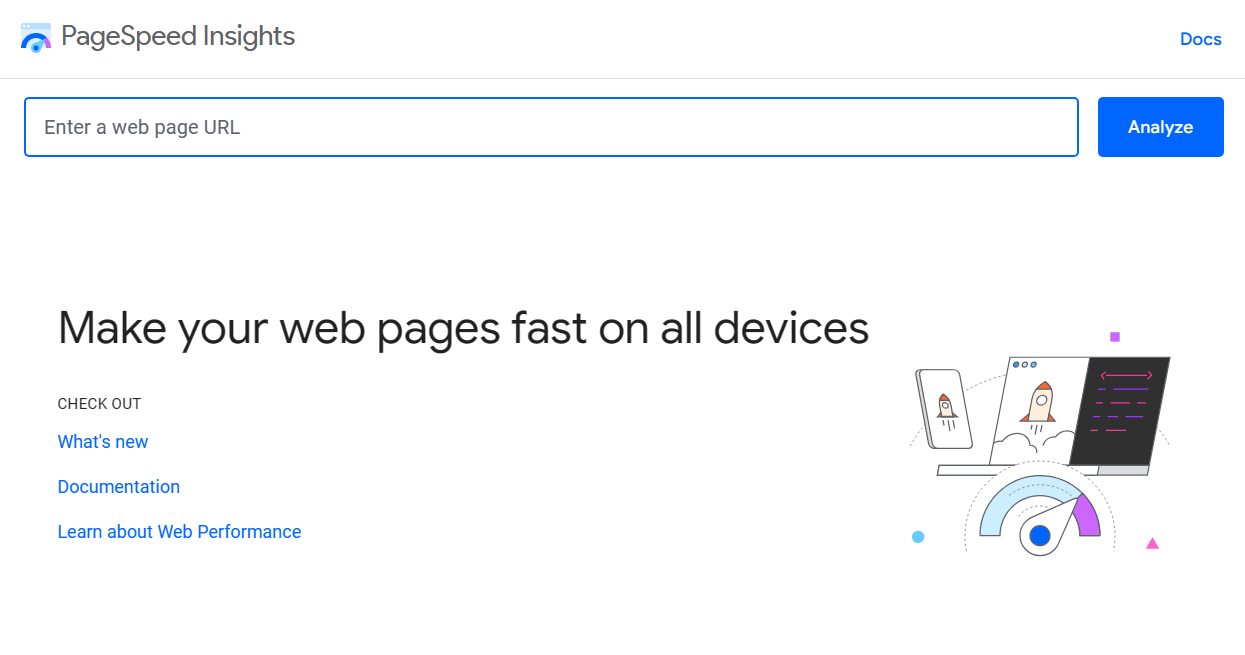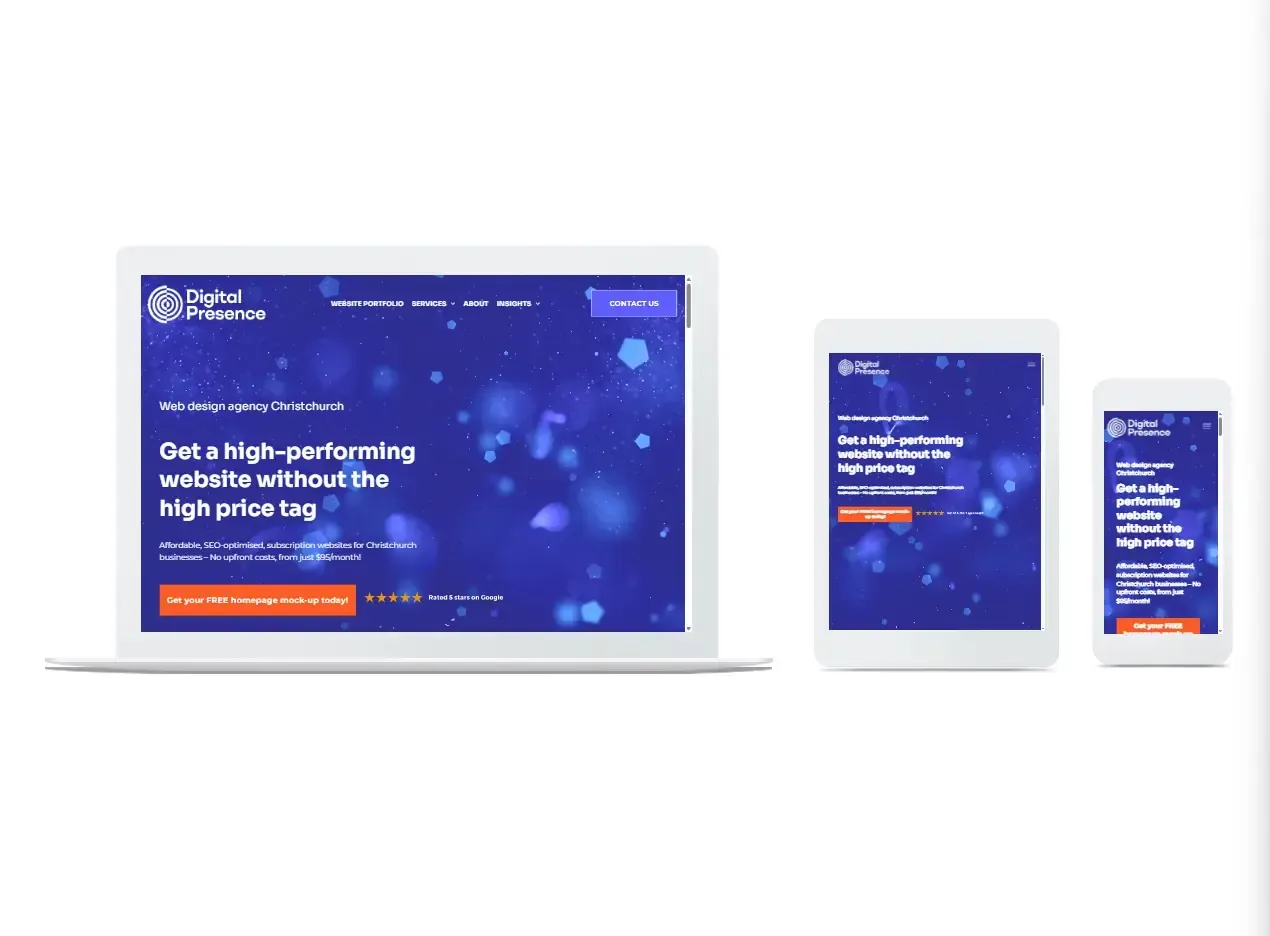Boost Website Speed & Google's Core Web Vitals for Success
In the fast-paced digital world, the speed of your website is not just a convenience for your users—it's a cornerstone of your site's success. Alongside speed, Google's Core Web Vitals have emerged as crucial metrics, influencing not just user experience but also how search engines perceive and rank your website. Let's dive into why every second counts and how adhering to Core Web Vitals can make or break your digital presence.
The significance of website speed
Imagine you're online shopping, and each page takes ages to load. Frustrating, right? You're not alone. Website speed directly impacts user satisfaction, with studies showing that even a one-second delay can significantly increase bounce rates and decrease user engagement. In an era where users expect instant access, ensuring your website loads swiftly is non-negotiable for keeping your audience engaged and converting visits into actions.
Understanding Google's core web vitals
Google's Core Web Vitals are like the health checkup for your website, focusing on three key aspects: loading, interactivity, and visual stability.
- Largest Contentful Paint (LCP): Measures loading performance. To provide a good user experience, LCP should occur within 2.5 seconds of when the page first starts loading.
- First Input Delay (FID): Measures interactivity. For a good user experience, pages should have an FID of 100 milliseconds or less.
- Cumulative Layout Shift (CLS): Measures visual stability. Pages should maintain a CLS of 0.1. or less.
These metrics are pivotal because they reflect the real-world experience of your users, influencing not only their satisfaction but also your site's SEO rankings.
The impact of core web vitals on SEO
With Google's increasing focus on user experience, Core Web Vitals have become a significant factor in search rankings. Websites that score well on these metrics are likely to enjoy better visibility and higher rankings. This shift underscores a simple truth: optimizing for speed and user experience is no longer just about user retention; it's also about making sure users can find your site in the first place.
Strategies to improve website speed and meet core web vitals standards
Boosting your website's speed and Core Web Vitals scores is achievable with the right strategies:
- Optimise Images: Compress and format images correctly to reduce their load time without sacrificing quality.
- Leverage Browser Caching: Store parts of your site locally in users' browsers to speed up loading times for repeat visitors.
- Minimize CSS and JavaScript: Remove unnecessary code to streamline your site's backend, enhancing speed and responsiveness.

Common pitfalls to avoid
Common oversights include neglecting mobile optimization, using excessive dynamic content without proper optimisation, and overlooking the hosting environment's impact on speed. Avoiding these pitfalls by adopting best practices ensures your website remains fast and user-friendly.
The future of web design: balancing aesthetics and performance
The challenge for modern web designers is clear: create beautiful, engaging websites without compromising on speed and performance. This balancing act is crucial for delivering sites that not only catch the eye but also rank well and retain users.
Prioritising website speed and Google's Core Web Vitals is indispensable in today's digital landscape. By focusing on these critical aspects, you can ensure your website not only attracts visitors but also offers them a seamless, enjoyable experience that encourages engagement and conversion.
Ready to optimise your website for speed and meet Core Web Vitals standards? Don't let the technical details overwhelm you. Professional help can guide you through the process, ensuring your website performs at its best. Start your journey towards a faster, more efficient website today, and watch as your digital presence transforms into a powerful asset for your business.













